Call of Duty 2:
Publisher: ActivisionWe used the full version of Call of Duty 2, patched to version 1.2. The game makes use of some awesome effects and is generally very graphically intense and immersive. That's helped by the tremendous smoke effect that Infinity Ward have created - it's better than anything we've ever seen before. There are also real time shadows and a subtle HDR lighting effect too.
The gameplay is not as linear as the first version of Call of Duty, and Infinity Ward has ditched the rather old Quake 3 engine in favour of creating its own proprietary graphics engine to render the effects. There is something about the game that makes it very intense and you often find yourself having to take a break from the action because you're too overwhelmed by its immersiveness and intensity.
We used a custom timedemo that covers both indoor and outdoor performance in the title across one of the most intensive portions of the game. The Optimise for SLI option was disabled for single GPU configurations as it causes some texture corruption if there is only one GPU present. It was enabled for dual-GPU configurations and all other options were set to their maximum values.
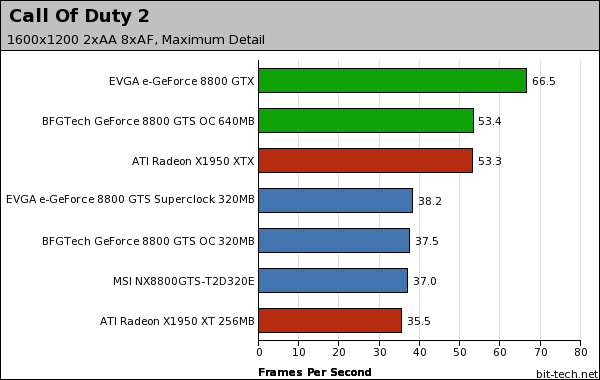
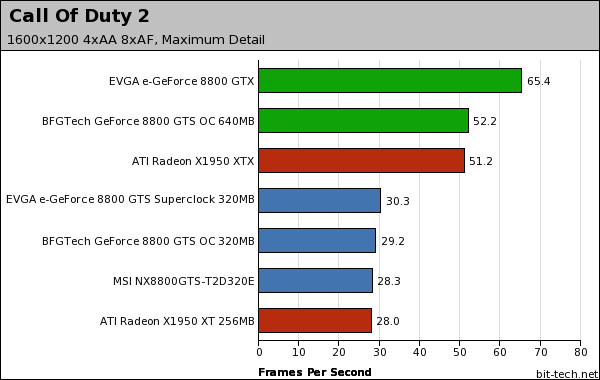
The 320MB cards are all considerably slower than the BFGTech GeForce 8800 GTS 640MB and ATI Radeon X1950 XTX cards though. This is because Call of Duty 2 chews through lots of video memory when the highest quality textures are enabled at the same time as anti-aliasing.
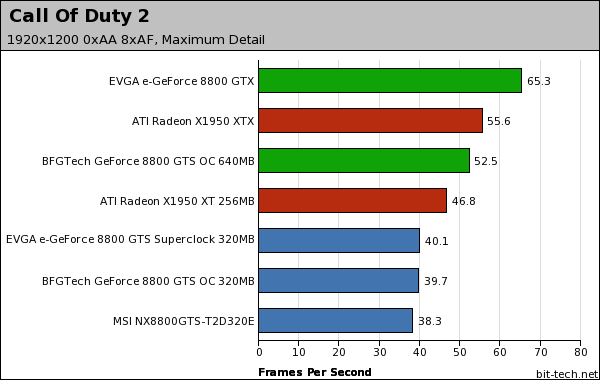
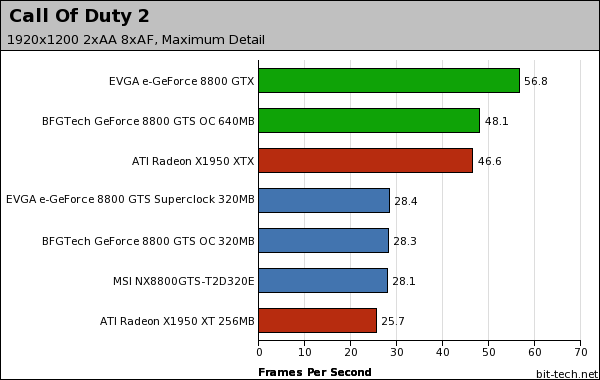
When anti-aliasing is enabled though, the three 8800 GTS 320MB video cards were faster than the X1950 XT 256MB. Having said that though, you won't find the frame rates particularly playable. At 2560x1600, things just got worse and only the EVGA 8800 GTX was capable of frame rates that you could deem 'acceptable' for gaming.

MSI MPG Velox 100R Chassis Review
October 14 2021 | 15:04


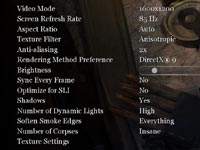








Want to comment? Please log in.